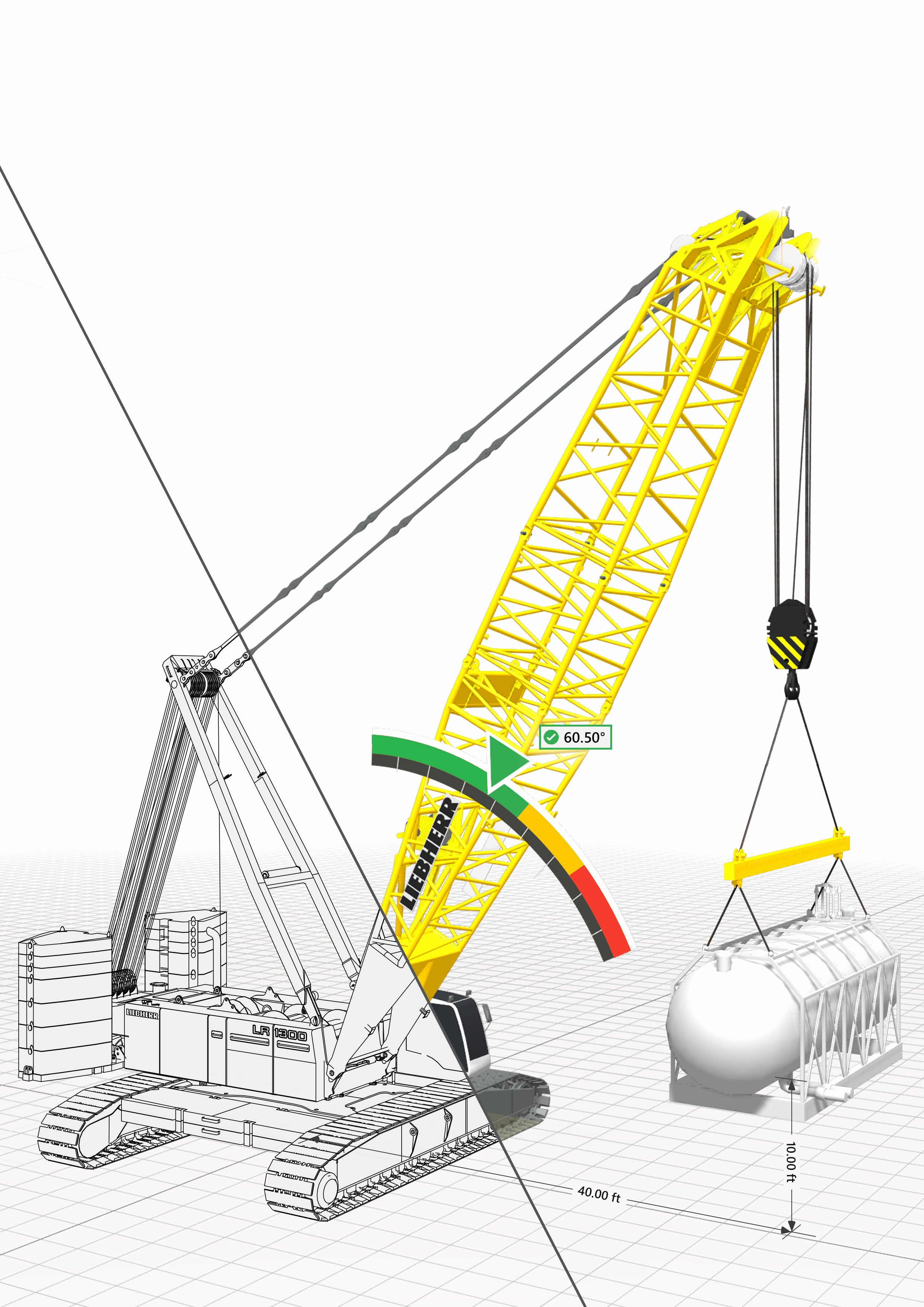

If the load is a product or piece of machinery, the weight of the load may be indicated on: Refer to the Manufacturer’s Specifications or Catalog Data Use an Industrial Scaleįor smaller and lighter loads, you may be able to use an industrial floor scale commonly found in production areas or the shipping and receiving department of a facility. If the load was shipped or transported to your facility or job site, there should be some type of weight information included on the shipping paperwork you received.

Review Bill of Lading or Shipping Documentation Product prints or engineered drawings of the load may indicate the final assembled weight. Refer to Engineered Prints or Design Plans In many instances, your overhead crane was probably designed with a duty cycle and capacity specifically for that repetitive lifting application, so the weight of the load was accounted for when the crane was built. If it’s a load that you regularly lift and move through your facility-like a steel coil or a bundle of pipes or lumber-then you will already know the weight of the load. Look for any visual indications of load weight prior to selecting the appropriate lifting and rigging equipment. The load may be marked with the weight by the manufacturer, or may have been previously calculated and marked. Look at the Load to See if the Weight is Marked

You should never deviate or vary from the approved lifting plan.Sketch of the lifting zone (showing position of lifting equipment, crew and load) and.Requirements to erect or dismantle lifting equipment (if any).Lifting crew (including their roles and competencies).Your lifting plan should include, but not limited to, the following elements: load capacity chart, range diagram, rigging method)įor complex lifts, additional engineering design efforts are necessary to ensure that the lifting operation is conducted safely. Safe work procedure or method statement.Lifting plan supported by a risk assessment (RA).For example, a lifting plan would ensure that the crane is safely deployed and operated, and the lifting crew are clear about their roles and responsibilities.īefore you start any lifting operation, you must prepare the following: A lifting plan provides a systematic approach towards planning a lift and ensures that the lifting operation is properly managed.


 0 kommentar(er)
0 kommentar(er)
